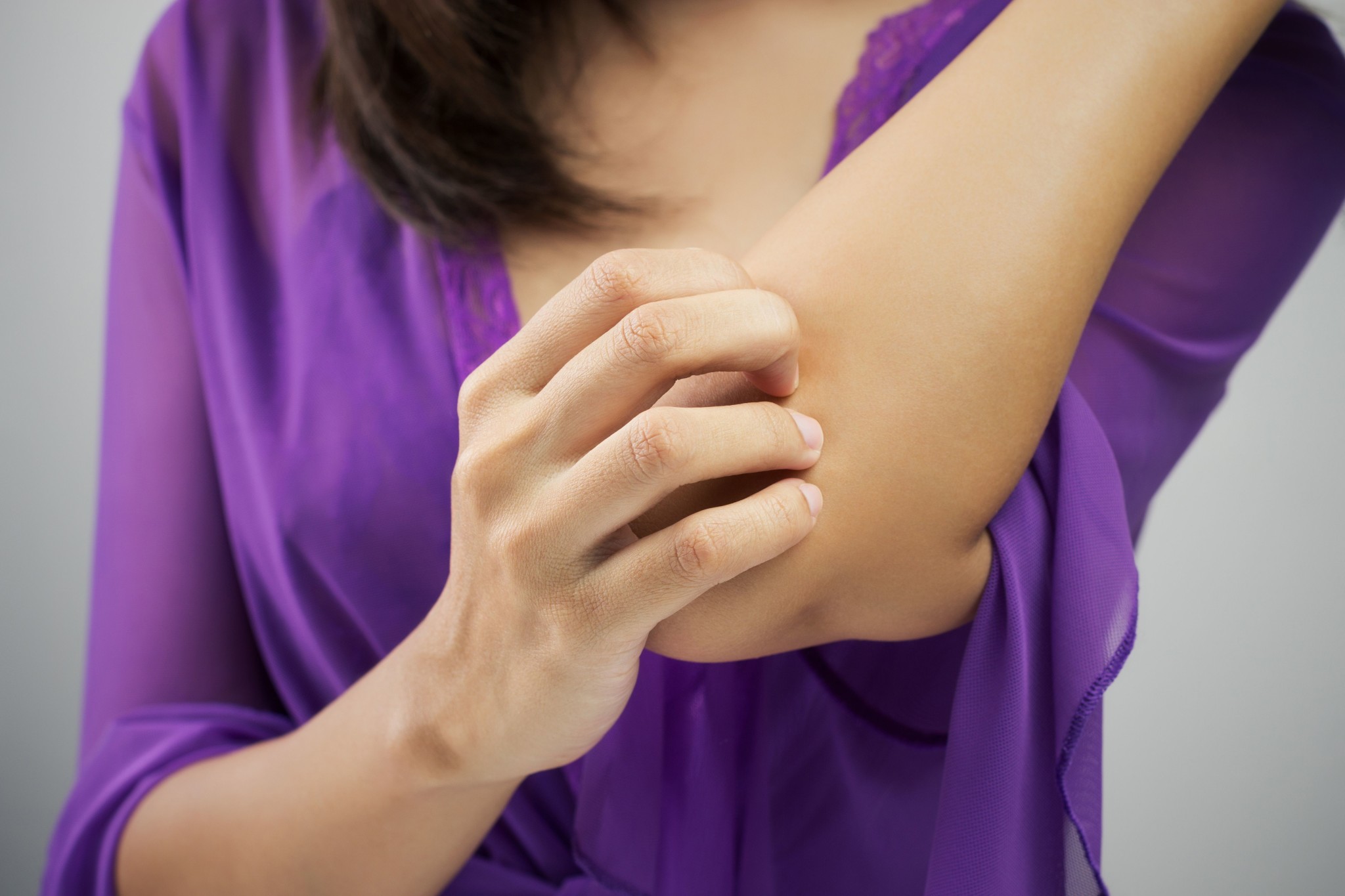According to the National Eczema Association, 31.6 million Americans have eczema and at least 56 percent have moderate to severe eczema. Many people think eczema is just dry skin, but it’s not that simple. It’s important to know what eczema is, what causes eczema, and what treatment options are available.
What is Eczema and What Causes Eczema to Develop?
Ezcema is a general term for a particular type of red, itchy rash. Eczema is often the result of dry air in your home. If you’re using forced-air heat that blows through a flame, the air can quickly become dry.
The lack of natural oils in the skin is another common cause. Because most of us over-wash our skin, especially our hands, the natural oil and wax that keeps the skin moist gets washed off. Between dry air, the lack of oil and wax, and the harsh outside environment, the skin can become dry and brittle. When the skin cracks, the outside tries to come in and the inside tries to go out, which causes inflammation.
Related: How to Exfoliate Your Skin Without Drying it Out
Another primary cause of this inflammation is the bacteria staph found on everyone’s skin. This staph drives the process that causes the skin to react like an allergy. The skin releases histamine that results in itchiness, which just makes the problem worse.
Ultimately, we end up with a red, itchy rash. It often appears in circles because the breakdown in the skin begins in one small place, and the oils and waxes then gradually disappear around the edges in circular patterns.
The skin becomes fragile and breaks, and the bacteria causes inflammation, leaving you with eczema.
Needless to say, eczema is not just dry skin.
That’s an oversimplification. If eczema was as simple as dry skin, treatment would be as simple as keeping the skin moist. But it’s not.
How To Treat Eczema
One approach is to reduce the amount of bacteria on the skin and repair the barrier that broke down when oils and waxes were lost. Ointments and emollients can be used to fortify that barrier and repair the skin.
The itchiness can be treated in two ways. Corticosteroids reduce inflammation in the skin, which in turn helps with itching. Anti-histamines are also used to block the release of histamines, which contribute to itchiness.
If you notice a red, itchy rash that won’t go away, don’t dismiss it as dry skin. Over-the-counter moisturizers and medications may help, but it’s important to contact a dermatologist who can accurately diagnose the condition and treat the cause, not the symptom.

Dr. R. Todd Plott is a board-certified dermatologist in Coppell, Keller, and Saginaw, TX. His specialization and professional interests include treating patients suffering with acne, identifying and solving complex skin conditions such as psoriasis, rosacea, atopic dermatitis, and identifying and treating all types of skin cancers. In his spare time, Dr. Plott enjoys cycling, traveling with his wife, and spending time with his children and new grandson.
Learn more about Dr. Plott.

